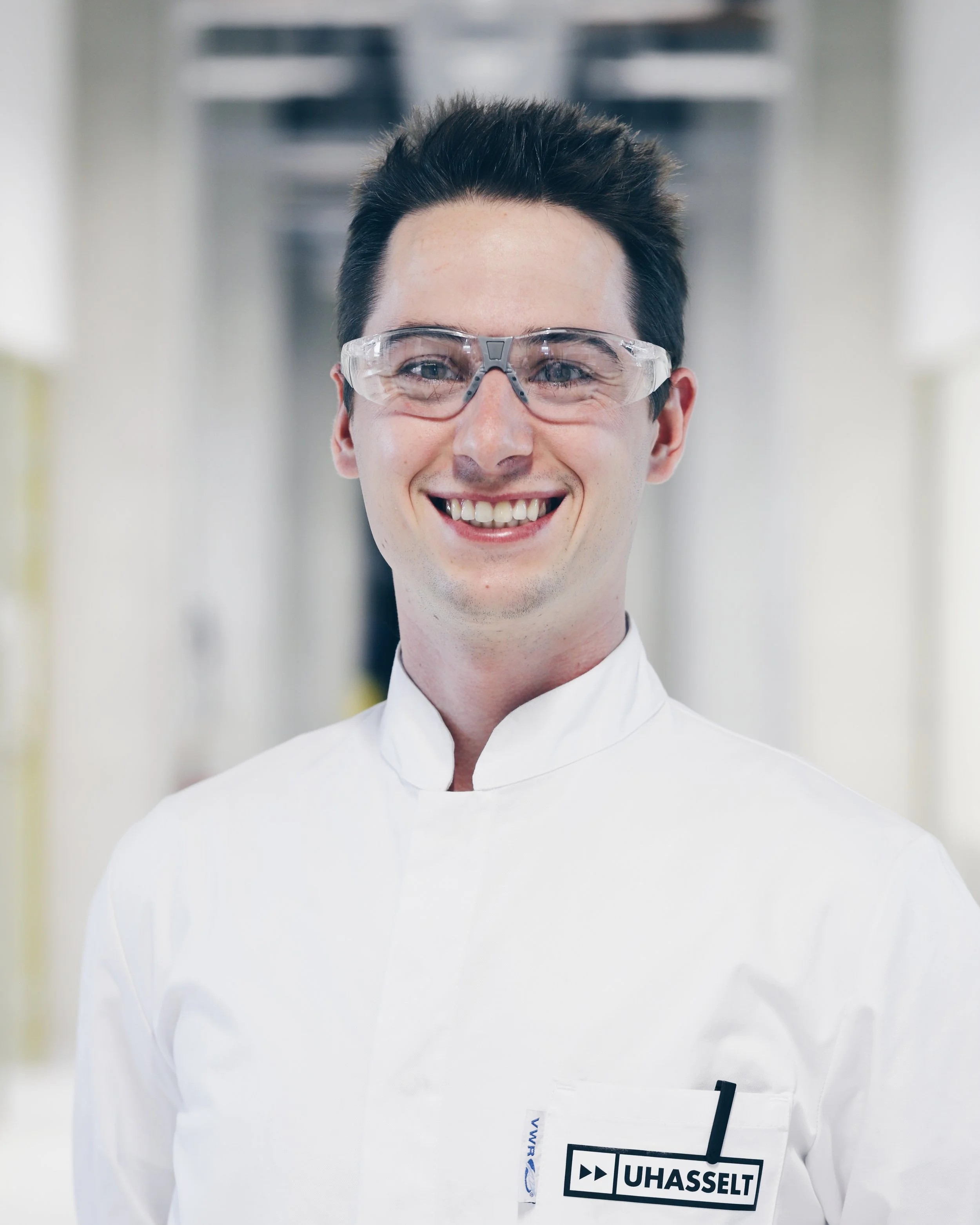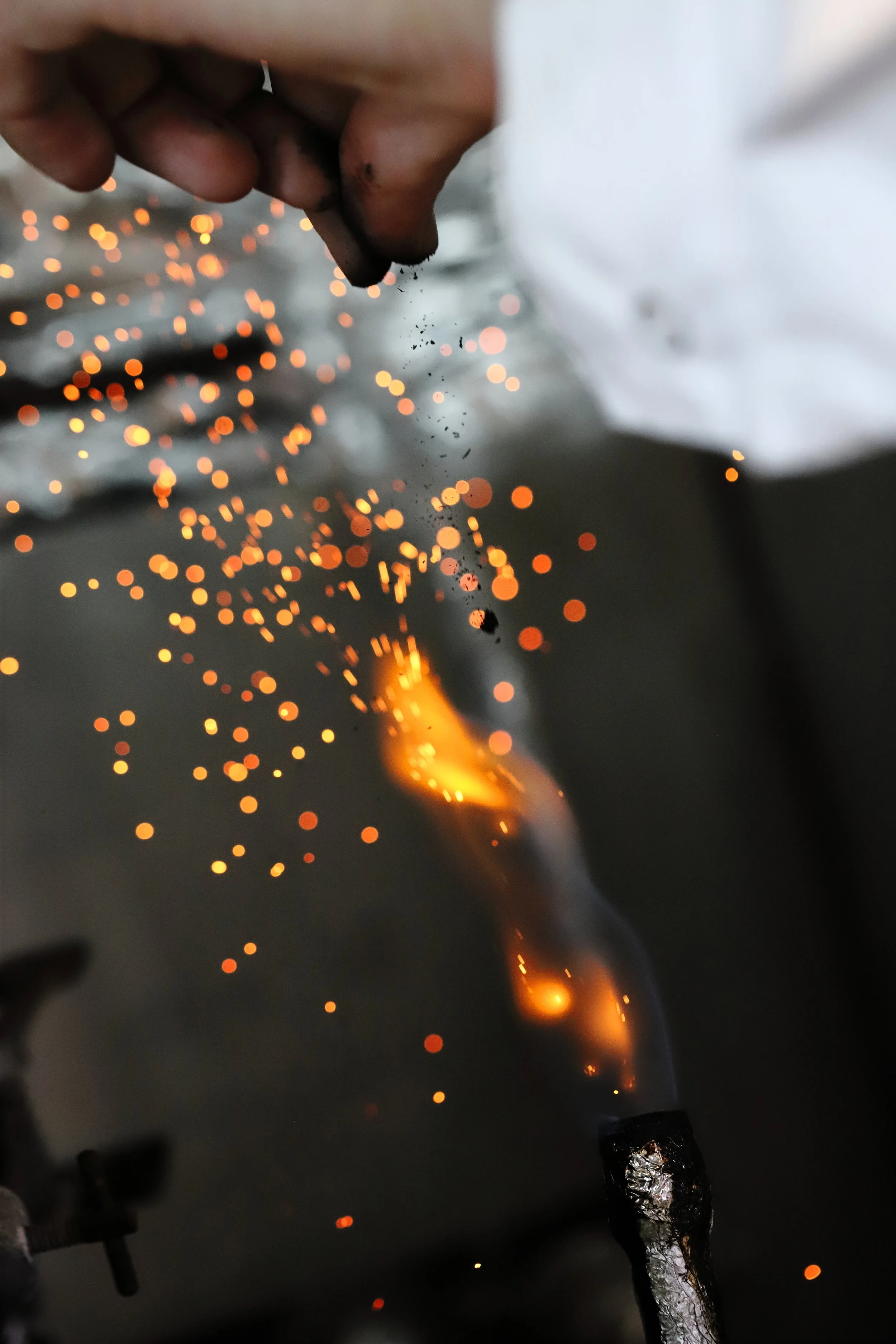About Willem
Willem was born and raised in the rustic village of Heusden-Zolder. In June 2018, he finished his master’s degree in Environmental and nuclear engineering at Hasselt University. From October 2018, he joined our research group of Analytical and Circular Chemistry. His research initially focused on the optimization of the production technology for novel green fertilizers. Hereafter, from November 2019 onwards, he started investigating the potential of biomass waste derived activated carbons to be able to store electrochemical energy in the form of supercapacitor devices. In his free time, Willem likes to read, jog, cycle and go out with his friends and family.
Co-pyrolysis of N-containing spent biomass into activated carbon
for electrochemical energy storage
The rising issues caused by global climate change, call for new green and circular conversion technologies. One of these could be pyrolysis, a highly energy efficient, carbon-negative thermochemical conversion process. This process transforms the biomass waste into highly carbonaceous black powders. Currently, two different pyrolysis methods are being researched in this project, i.e. conventional pyrolysis and hydrothermal carbonization. These would yield two product streams, respectively, biochar and hydrochar. Subsequently, these are converted into activated carbons and applied as potentially effective charge storage materials in supercapacitors. Ultimately, possible synergies derived from the co-pyrolysis of both protein-rich (e.g. microalgae strains, chicken feathers, …) and lignocellulosic biomass (brewer’s spent grains, macadamia nut shells, extracted common ivy waste, coffee husks, …) are identified and further elucidated upon to improve the activated carbon’s essential properties (i.e. porosity and nitrogen content). After lab-scale optimization is done, upscaling to pilot-scale will follow. Ultimately, this investigation will end in a pilot-scale process which can effectively convert problematic biomass waste streams into market-competitive electrode materials in a carbon-negative way.







